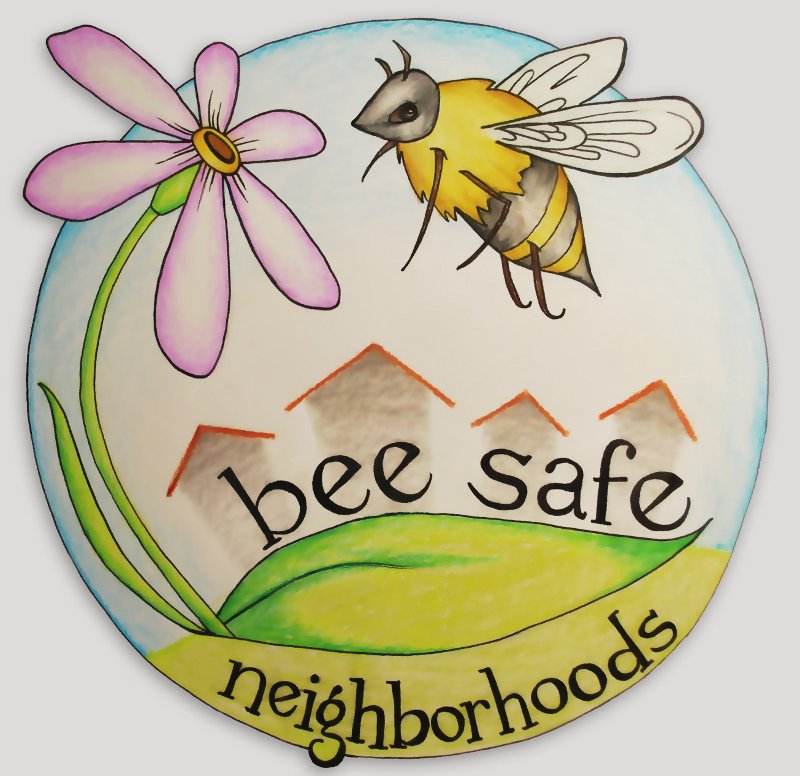- Blog
- Sustainable Economic Systems
- Communities take bee action in their own backyards
Communities take bee action in their own backyards

Donate Now!
Your contribution will benefit Friends of the Earth.
Stay Informed
Thanks for your interest in Friends of the Earth. You can find information about us and get in touch the following ways:
Concerned with increasing bee die-offs, several Colorado neighborhoods have been taking matters into their own hands to create “bee-safe neighborhoods” by banning and reducing the use of neonicotinoid pesticides. Communities in Virginia, Washington and Michigan are following suit, too. As Boulder marks the certification of its fourth bee-safe neighborhood, local organizer Janet Kilby offers some encouragement and advice on how neighborhoods all over the U.S. can join in.
Living Systems Institute sponsors the “Bee Safe Neighborhoods” campaign to create living spaces where honeybees and other pollinators can propagate without the effects of toxic chemicals. LSI has just certified the fourth neighborhood in the nation to meet the criteria of a minimum of 75 contiguous homes. The Kendall-Endicott neighborhood in the Table Mesa area of Boulder, Co., was just certified with 91 members who pledged to reduce or eliminate pesticides from their yards.
This all-volunteer, educational project creates a cleaner environment not just for pollinators, but also for us. It really is a neighbor to neighbor education project. Many people don’t realize that the neonicotinoid pesticides are systemic, some persisting up to five years, and 5,000 to 10,000 times more lethal to honeybees than DDT! Is this really what we want our barefoot children to be playing around? We have the source of honeybee colony collapse disorder right in our backyards. Taking neighborhood-wide action to eliminate all pesticides is a meaningful step in the face of overwhelming environmental issues. Talking to neighbors also creates a closer community. Our computer connections are one thing, but real relationships with neighbors about this issue are very meaningful to me.
All the materials needed are available online. A good way to get started is to invite a half-dozen neighbors over to go over the materials and divide the neighborhood into one-to-three blocks each. By agreeing on a timeline, for example, to canvass over the next three weekends, this keeps everyone motivated. When it is done, it’s time to celebrate with a potluck or block party!
For more information on how to become a bee-safe neighborhood: Living Systems Institute, BeeSafeBoulder.com
Janet Kilby is a resident of Boulder, Co., a bee-safe neighborhood organizer, avid gardener, beekeeper and a stage-four cancer survivor who became involved after seeing pesticides being sprayed throughout her neighborhood and was concerned it could cause a relapse.
